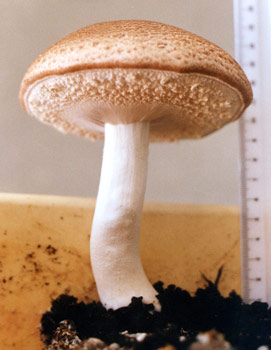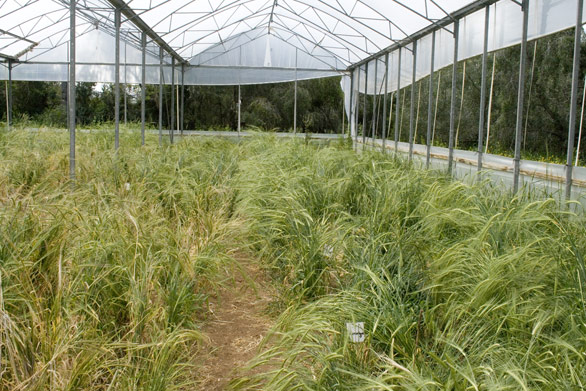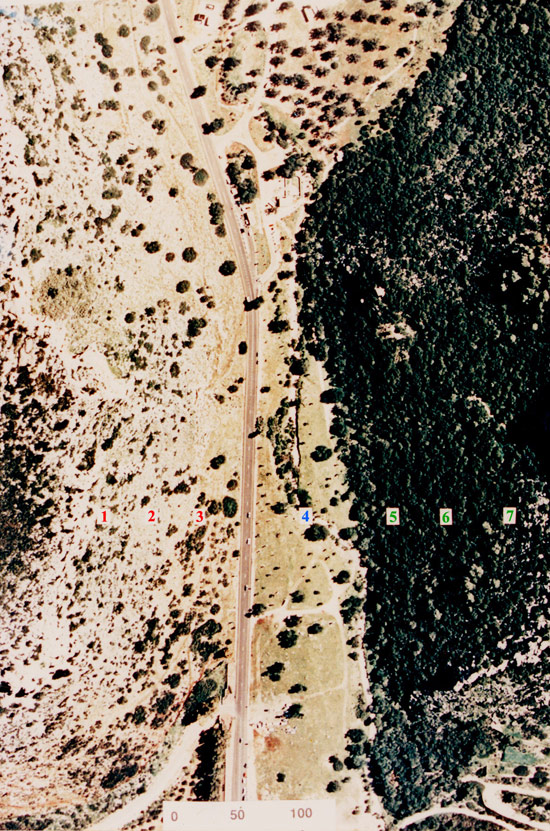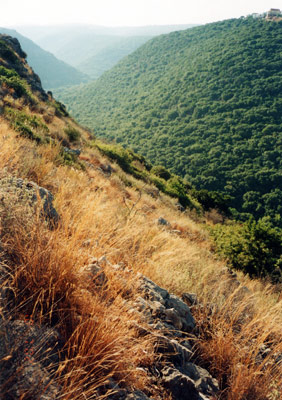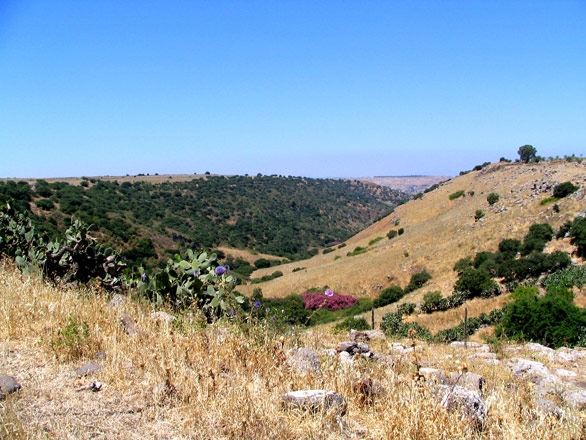A long-term research program aimed at unraveling patterns and processes of genetic and genomic diversity and evolution in natural populations of bacteria, plants, fungi, and animals locally, regionally, and globally, i.e., both micro- and macrogeographically, and at the protein, DNA, and chromosomal levels. The main thrust of the program involved the interface between genetics and ecology. It substantiated diverse selection theories at the level of proteins (allozymes) in single and multilocus structures, DNA (RFLP, DNA fingerprinting of miniand microsatellites, RAPD PCR, AFLP, and sequence polymorphism) and chromosomes as the best explanatory models for genetic diversity and divergence in nature
“Evolution Canyon” Model: Microscale of Life’s Evolution

The EC model proved an extraordinary evolutionary model for studies of biodiversity evolution across life, adaptive radiation and incipient sympatric speciation [model organisms across life; cyanobacteria, soil bacteria, soil fungi, yeasts, plants (Lotus pregrinus and Hordeum spontaneum) and animals (Drosophila, Spalax, and Acomys)]. Because of the ongoing incipient sympatric speciation, we dubbed the canyons “The Israeli Galapagos” World Heritage: “Evolution Canyon”I was recently submitted to UNESCO to be recognized as a candidate for a world heritage site.

